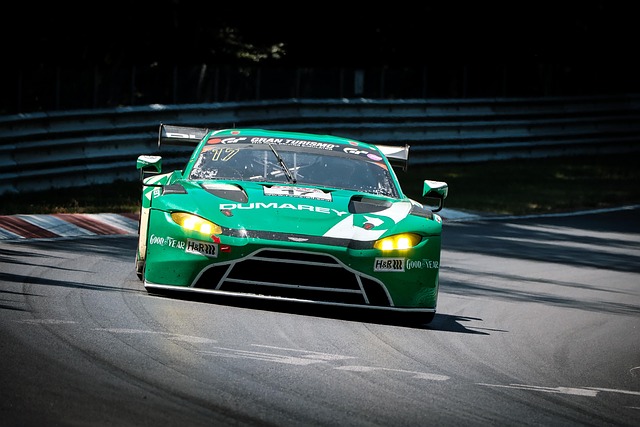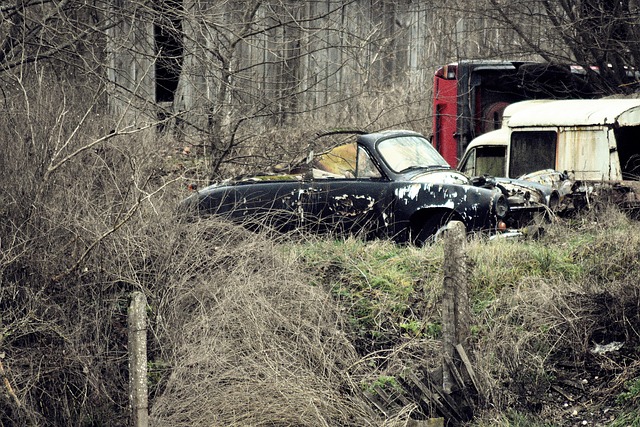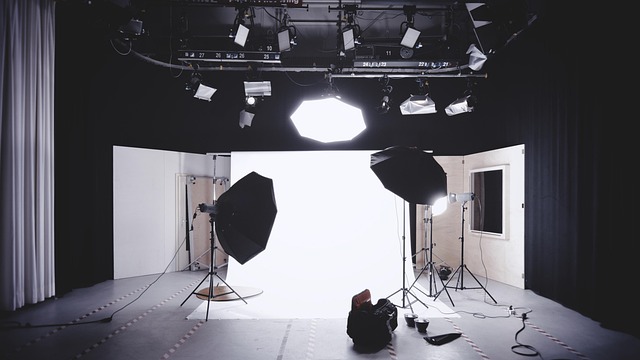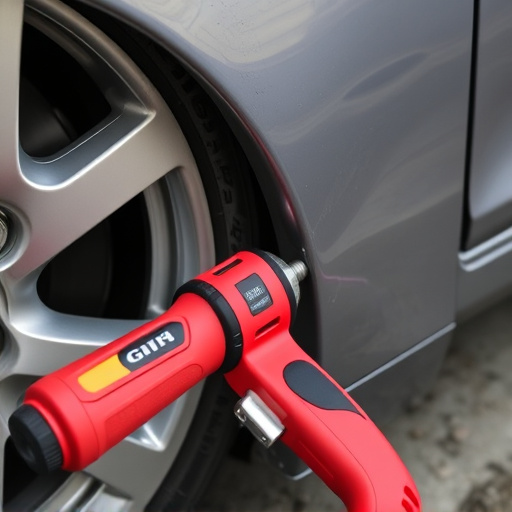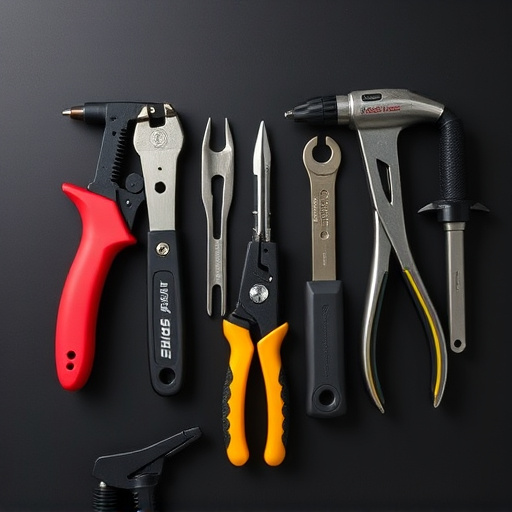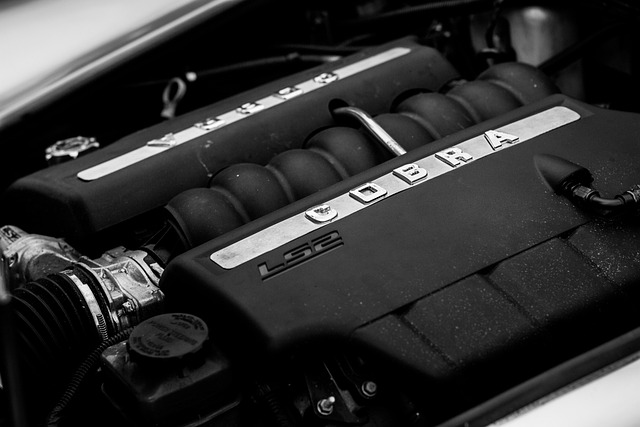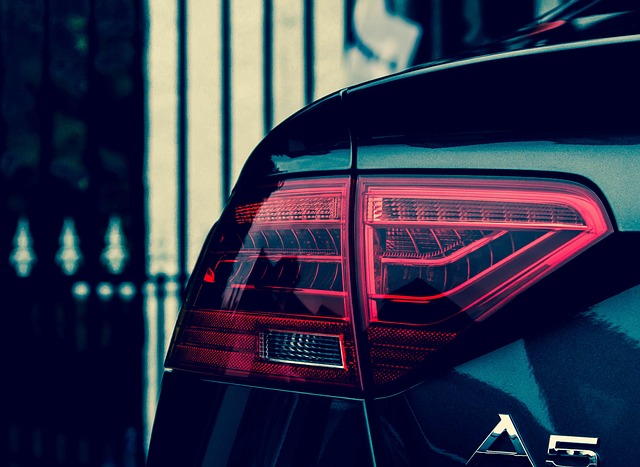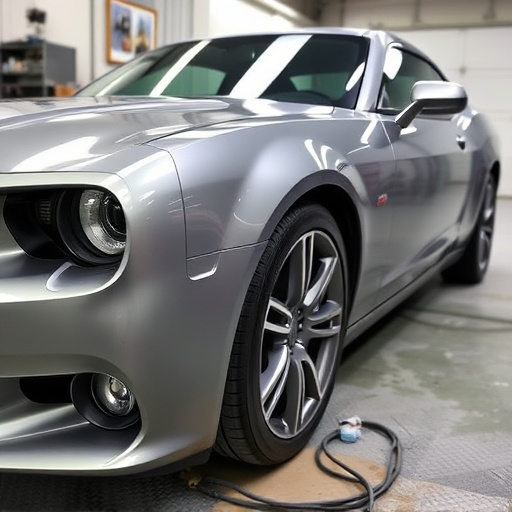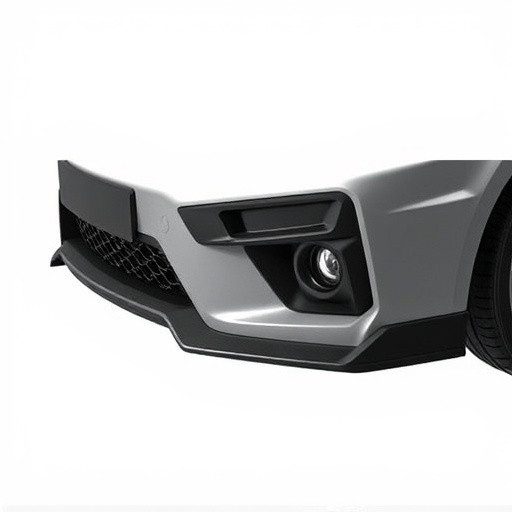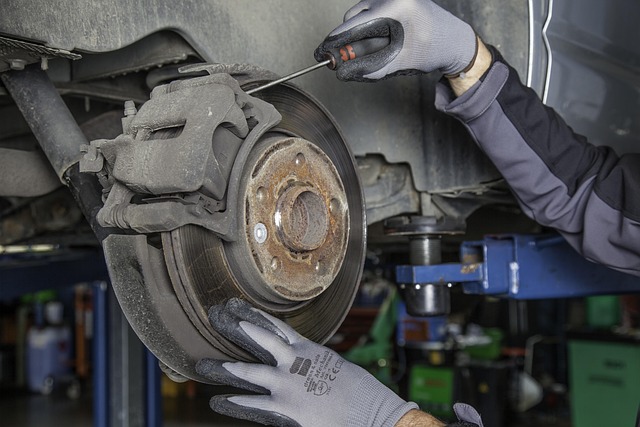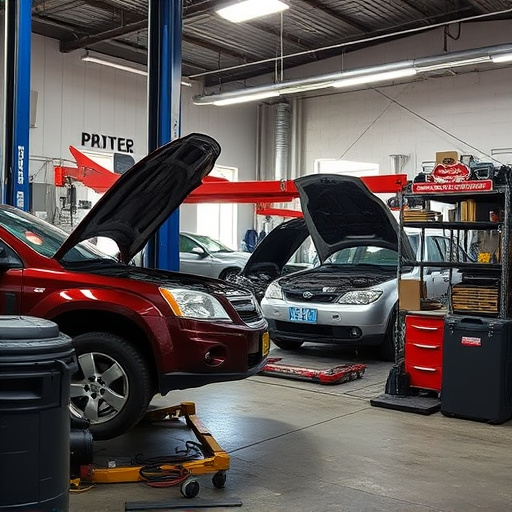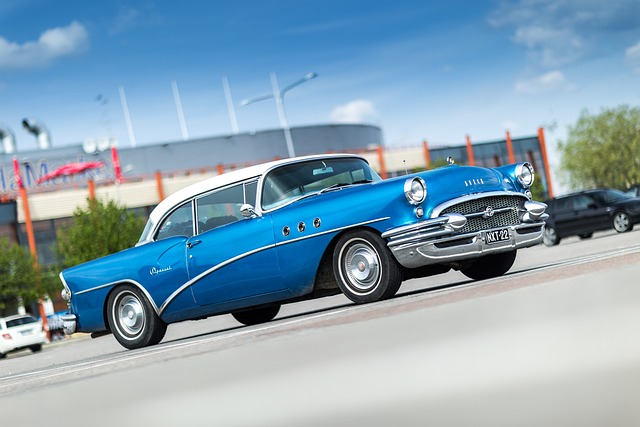Collision repair audits are vital for premium brands like Mercedes Benz, ensuring paint matching, color consistency, and quality control throughout the repair process. These rigorous inspections start with a detailed vehicle inspection, assess paint accuracy using advanced tools, verify repair techniques against industry standards, and leverage technology like spectrophotometers and digital paint code libraries to guarantee flawless aesthetic results. Regular audits by expert technicians maintain strict color standards, boosting customer satisfaction and preserving vehicles' original appearances.
Collision repair audits are pivotal in ensuring vehicle restoration quality, especially concerning paint matching and color consistency. These rigorous evaluations play a critical role in maintaining the original aesthetic integrity of vehicles post-collision repair. This article delves into the significance of collision repair audits, outlining key components and best practices to guarantee precise paint matching and seamless color consistency across all repair processes.
- Understanding Collision Repair Audits: The Importance of Paint Matching and Color Consistency
- Key Components of a Comprehensive Collision Repair Audit
- Best Practices for Ensuring Accurate Paint Matching and Color Consistency in Repair Processes
Understanding Collision Repair Audits: The Importance of Paint Matching and Color Consistency
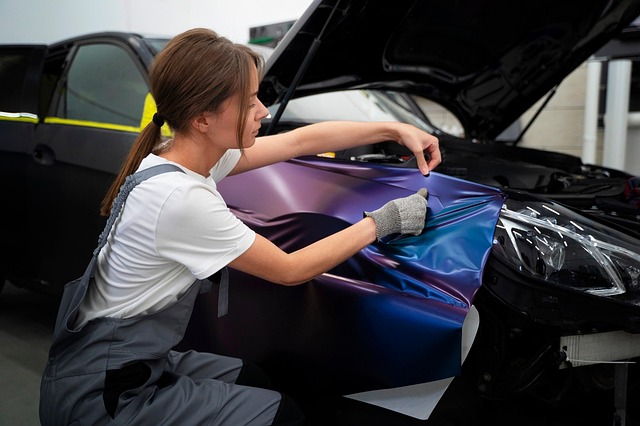
Collision repair audits are crucial processes designed to ensure top-tier quality control in collision repair facilities. These audits focus on two key aspects: paint matching and color consistency. In the world of automotive repairs, especially for premium brands like Mercedes Benz repair, achieving precise paint matching is essential to restore a vehicle’s original appearance and value.
A meticulous collision repair audit involves examining every detail of the painting process, from the initial surface preparation to the final application. It verifies that colors match not just visually but also in terms of chemical composition, ensuring a flawless finish. This level of scrutiny is vital for maintaining customer satisfaction and the overall integrity of collision repair services. Proper paint matching and color consistency are testaments to the facility’s expertise and commitment to vehicle restoration, leaving clients with a restored vehicle that looks and performs like new.
Key Components of a Comprehensive Collision Repair Audit

A comprehensive collision repair audit involves several critical components to ensure top-notch quality and customer satisfaction. Firstly, it entails a meticulous inspection of the damaged vehicle, identifying all areas requiring repair, including paintwork and car bodywork. This step is crucial for establishing the scope of work needed to restore the vehicle to its pre-accident condition.
During the audit process, experts assess paint matching and color consistency, using advanced tools and techniques to verify that the new paint job aligns precisely with the vehicle’s original finish. They also evaluate the overall repair techniques employed, ensuring adherence to industry standards and best practices in auto body repair. This includes checking for proper panel alignment, seamless welds, and consistent surface finishes across all repaired areas.
Best Practices for Ensuring Accurate Paint Matching and Color Consistency in Repair Processes
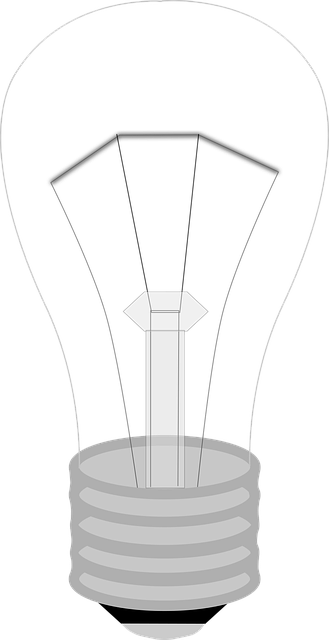
To ensure accurate paint matching and color consistency in collision repair processes, best practices include several key steps. First, utilize advanced color-matching technology, such as spectrophotometers, which can precisely measure and match vehicle paint colors. These tools provide a consistent and reliable standard for comparison across different batches of paint. Additionally, maintain an extensive digital library of vehicle paint codes and specifications to cross-reference during the repair process, facilitating precise matching.
Second, implement rigorous quality control measures, including regular collision repair audits. These audits should involve expert technicians who inspect each repaired vehicle against strict color consistency standards. By fostering a culture of continuous improvement and adherence to these standards, automotive collision repair shops can ensure that every vehicle leaves their facility with flawless paint matching and color consistency, enhancing customer satisfaction and maintaining the vehicle’s original appearance.
Collision repair audits are essential tools for maintaining high standards in the industry. By focusing on paint matching and color consistency, these audits ensure vehicles return to their pre-accident condition. Through understanding key components and implementing best practices, collision centers can enhance customer satisfaction and maintain their reputation as reliable service providers. Effective collision repair audit processes are vital for consistent, accurate results, ultimately driving business success.
